agricultural lime vs dolomite
joeworm
12 years ago
Related Stories
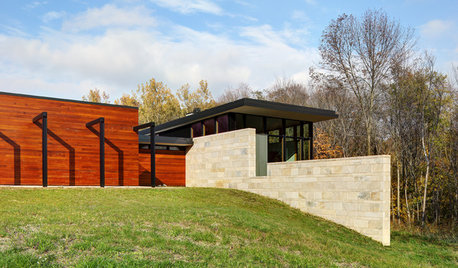
MODERN HOMESHouzz Tour: Fieldstone Divides and Connects a Wisconsin Home
Modern architecture looks right at home on its site, thanks in part to a bold north-south wall of local stone
Full Story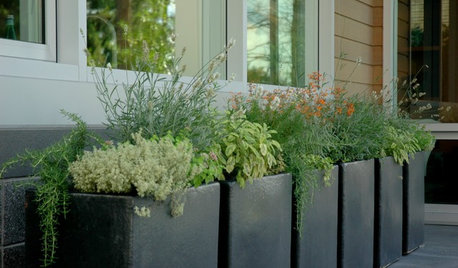
GARDENING AND LANDSCAPINGUnexpected Edible Gardens
How to grow your own herbs and vegetables almost anywhere
Full Story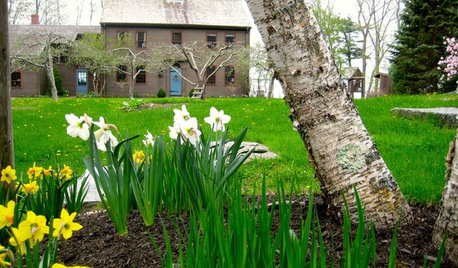
WORLD OF DESIGNWorld of Design: These Gardeners Dig Cold Climates
Passionate gardeners in Maine, Russia and northern Sweden know how to get the most from their short growing seasons and freezing conditions
Full Story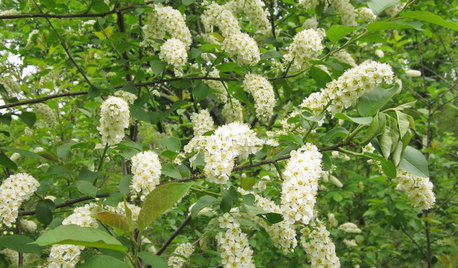
TREESNative Plant Alternatives to Invasive Common Buckthorn
Learn how to identify and control this aggressive plant, and what to grow in its place
Full Story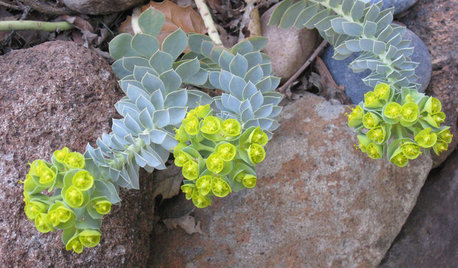
BLUE AND GRAY FOLIAGEGreat Design Plant: Donkey Spurge
Yes, there's the awful name, plus the sap issue. But this plant's foliage and flowers bring something special to Eastern U.S. gardens
Full Story
GARDENING GUIDESHow to Keep Your Citrus Trees Well Fed and Healthy
Ripe for some citrus fertilizer know-how? This mini guide will help your lemon, orange and grapefruit trees flourish
Full Story
GARDENING GUIDESGarden Myths to Debunk as You Dig This Fall and Rest Over Winter
Termites hate wood mulch, don’t amend soil for trees, avoid gravel in planters — and more nuggets of garden wisdom
Full Story
GARDENING GUIDESSpring Citrus Care Reaps Months of Sweet Rewards
Learn how to tend citrus trees in spring and ways to preserve their delicious fruit
Full Story
GRASSESHow to Rock a Lawn
Weekend Project: The key to healthy grass begins with the soil. If turf works for you, here’s how to fix it and keep it looking its best
Full Story
HOUSEKEEPINGHow to Clean Marble Countertops and Tile
Acidic solutions can damage your marble surfaces. Here’s how to keep marble looking clean and amazing
Full Story







tapla (mid-Michigan, USDA z5b-6a)
fortyonenorth
Related Professionals
Windham Landscape Architects & Landscape Designers · Medford Landscape Contractors · Surprise Landscape Contractors · Ronkonkoma Landscape Contractors · San Carlos Park Landscape Contractors · Snoqualmie Landscape Contractors · Glen Avon Solar Energy Systems · Elmwood Park Solar Energy Systems · Lynwood Solar Energy Systems · Riverside Solar Energy Systems · Bluffton Window Contractors · Estero Window Contractors · Vero Beach Window Contractors · Lindenhurst Window Contractors · Wallingford Fence ContractorsjoewormOriginal Author
fortyonenorth
joewormOriginal Author
fortyonenorth
joewormOriginal Author
fortyonenorth